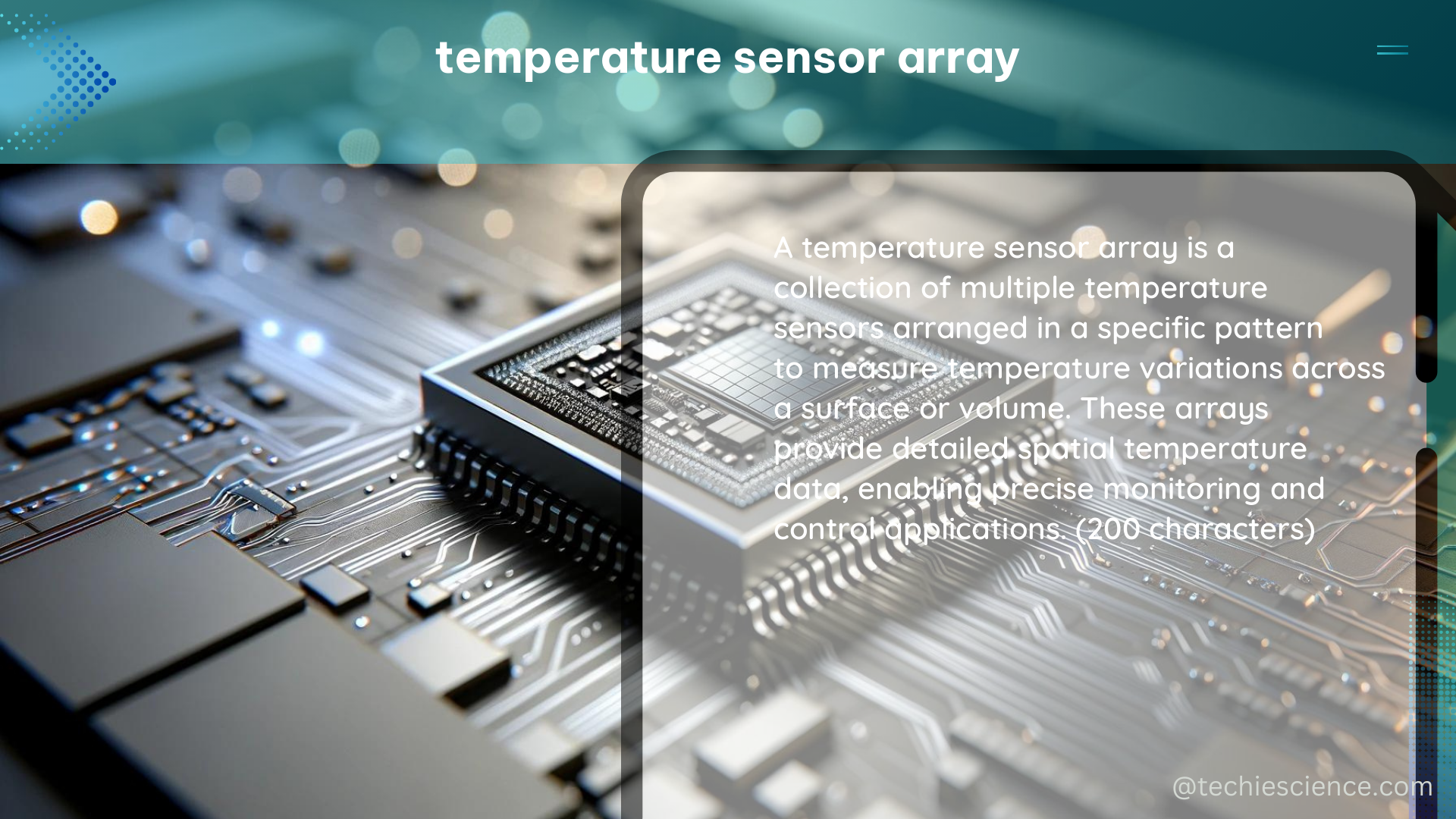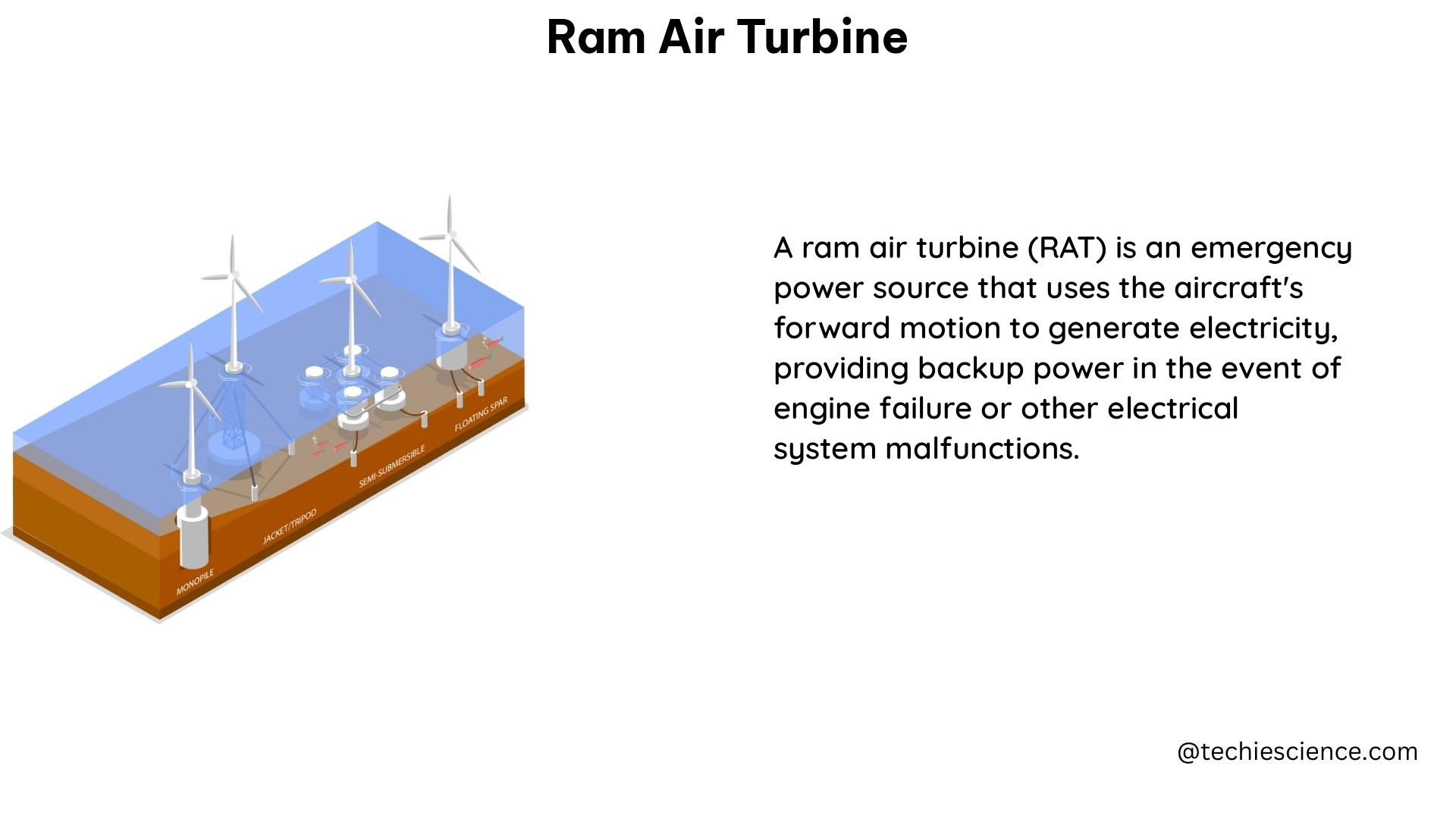Shallow Well Pump Tank: A Comprehensive Guide
A shallow well pump tank, also known as a pressure tank, is a critical component of a well water system. It stores water under pressure, allowing the pump to run less frequently and reducing wear and tear on the pump. The tank is typically filled with air at a pressure slightly below the pump’s cut-in … Read more









